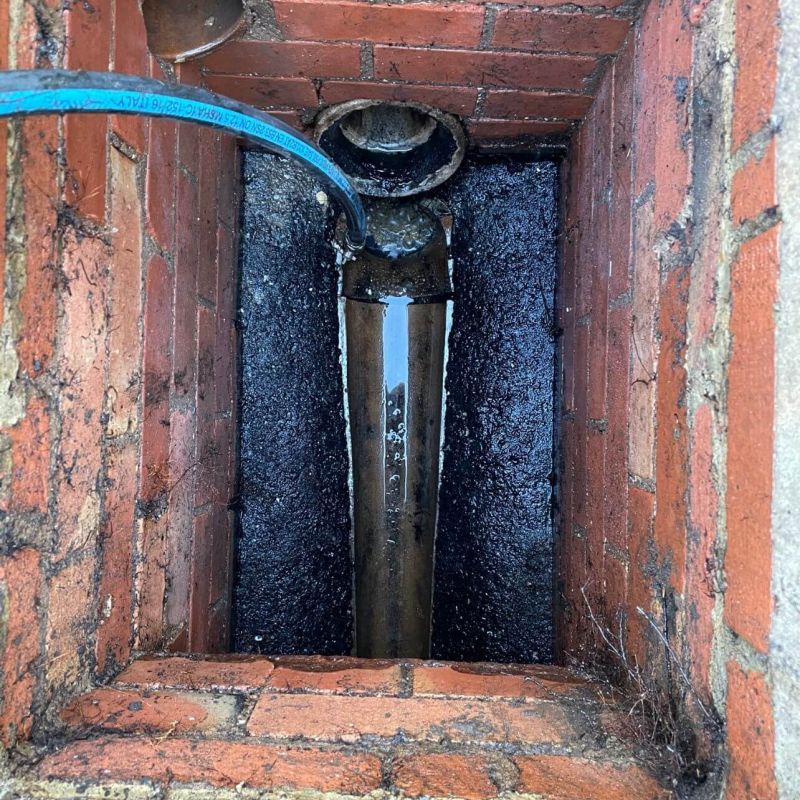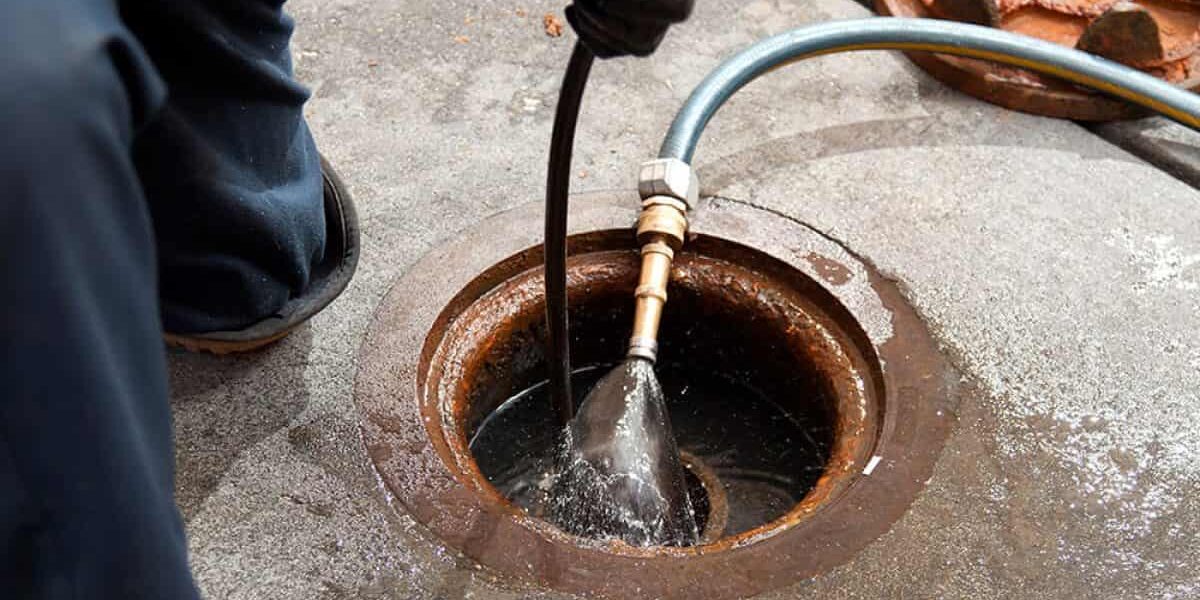What to Clear a Blocked Drain Before Contacting Plumbing Experts
What to Clear a Blocked Drain Before Contacting Plumbing Experts
Blog Article
Everybody seems to have his or her own perception about Tips for Dealing with Clogged Drains and Sewer Lines.

Introduction
Managing a blocked drain can be an aggravating experience, interrupting day-to-day tasks and possibly triggering damage to your property. Nevertheless, prior to connecting to pipes specialists, there are steps you can require to address the issue yourself. In this overview, we'll check out DIY solutions and safety nets to deal with an obstructed drainpipe successfully.
Identifying the Problem
The very first step in attending to a blocked drain is identifying the signs. Slow-moving drain, gurgling sounds, foul odors emanating from drains pipes, or water support up are common signs of a blocked drain. Recognizing these signs early can aid stop better difficulties.
Usual Causes of Obstructed Drains
Understanding the variables that add to drain obstructions is crucial for effective resolution. Typical offenders include hair, soap residue, oil, food particles, and international objects like sanitary items or paper towels. Tree roots getting into underground pipes can likewise cause substantial clogs.
Do it yourself Solutions
For minor clogs, numerous do it yourself options can be effective. Pouring boiling water down the drain can help dissolve grease and debris. Sodium bicarbonate and vinegar or a blend of salt and baking soft drink can serve as all-natural cleansers. Making use of a plunger or pipes snake to dislodge obstructions is an additional option.
Devices and Devices
Having the right devices handy can make do it yourself drainpipe cleaning up extra effective. A bettor is a versatile tool for clearing blockages in sinks, toilets, and showers. A pipes snake or auger can get to deeper blockages, while drainpipe cleaning chemicals can be utilized cautiously for stubborn clogs.
Preventive Measures
To stay clear of future blockages, embracing preventive measures is essential. Install drain guards or strainers to capture hair and particles before they go into the pipes. On a regular basis flush drains pipes with warm water to dissolve oil accumulation, and avoid throwing away grease or strong waste down the drain.
When to Call an Expert
While do it yourself solutions can solve small clogs, particular indicators show the requirement for expert aid. Consistent clogs, foul odors in spite of cleaning up initiatives, or numerous drains backing up simultaneously are warnings that require skilled intervention.
Choosing the Right Pipes Solution
When selecting a pipes solution, take into consideration aspects such as experience, licensing, and consumer reviews. Select a reliable plumbing with a track record of high quality craftsmanship and transparent rates practices.
Expense Factors to consider
The price of specialist drainpipe cleaning company can vary depending upon the intensity of the clog and the plumbing professional's rates. Demand quotes from several providers and ask about any additional charges to make certain transparency and prevent shocks.
Safety Precautions
When attempting do it yourself drainpipe cleansing, focus on safety and security. Put on safety gloves and glasses to avoid contact with dangerous chemicals or germs. Never blend different drainpipe cleaning products, as this can create dangerous fumes.
Instance Studies
Real-life examples show the effectiveness of DIY options and the relevance of prompt expert intervention in resolving drain obstructions.
Conclusion
By adhering to the suggestions laid out in this overview, you can properly take on obstructed drains pipes and avoid future pipes concerns. Whether going with DIY remedies or seeking specialist support, punctual activity is essential to maintaining a healthy and balanced plumbing system and protecting the honesty of your home.
How to Clear a Clogged Drain Yourself (And When to Call In the Professionals)
What Can Clog a Drain
Dirt Skin flakes Hair Grease Soap scum Food Offset pipes Tree roots Small objects Mineral buildup DIY Tricks to Unclog a Drain
You can fix this! Once you have identified the source of the clog (or have a vague idea), you can try one or a combination of these fixes in order to clear your plumbing.
Wire Hanger or Snake
Untangle and clear out hair from a drainpipe with a homemade snake. Use a straightened-out wire hanger with a 90-degree angle hook to locate the clog and drag out any unwanted material.
Remember not to push the clog further down to where the wire hanger cannot reach! If you need to follow up with a plunger, give it a try. Your efforts might be more successful after it’s been wire-snaked.
If you want to get fancy and don’t have a wire hanger to spare, head to the store and pick up a hand-operated drain snake. You can get one for $10-$30. It may save you the hassle, and provide additional length to reach deep into the clogged pipe.
Plunger
A cup plunger has a suction cup attached to a wooden handle. The rubber creates a seal around the drain, and increases the pressure force of the plunger.
Plunge for 30-second increments to loosen the clog. This may need to be repeated over the course of 15-20 minutes. Once plunged, run the water to flush the remaining material out of the drain.
Remember– never use a plunger if you have used a chemical drain cleaner. These chemicals can splash up from the force of the plunger and cause serious injury or burns.
Boiling Water
Hot water can sometimes break up materials into a flushable amount. Dirt, grease, and soap buildup requires heat in order to unstick from surfaces.
Take your kitchen kettle and heat your water to a boil. Once it reaches a rolling boil, pour it directly down the drain into the blockage. Carefully follow with plunging, if necessary.
Don’t worry if this takes more than one try! It can often take multiple kettles and repeated plunging in order to clear a particularly stubborn clog.
Chemical Drain Cleaner
As a last resort, pick up a bottle of chemical drain cleaner. Drain-cleaning chemicals are potent, and not very good for the environment.
You may need to wear protective eyewear in gloves before handling your bottle of chemical drain cleaner. Follow the instructions printed on the bottle, and flush with water as soon as the instructions allow. Do not follow with plunging.
Baking Soda and Vinegar
As a safer alternative to chemical drain cleaner, baking soda and vinegar can create a chemical reaction that clears tough clogs.
Combine one cup of cleaning vinegar with one cup of boiling water, and set aside. Once you have done this, pour half a cup of baking soda down the drain. Give the baking thirty seconds to settle and cover a large portion of the problem drain.
Following the baking soda, pour down your vinegar and hot water solution. Once the vinegar and baking soda combine, the mixture will bubble and fix. Let this reaction fizzle in the drain for about an hour.
After an hour, follow with a kettle’s worth of hot water. The heat and liquid should flush out any remaining material.
When to Call a Plumber
If your DIY attempts haven’t cleared your clog drain, it’s time to call in a professional. It’s not worth losing access to your kitchen sink or high-traffic bathroom. A clog in a vital area can keep you from the things you’d rather be doing, and derail your routine.
Anytime a clog is causing water to spread is a time to call in a plumbing service. What starts out as a little bit of water can quickly grow into serious, expensive water damage.
Additionally, a serious clog can result in burst pipes or serious leaks. Make sure you know when to take it seriously!
https://myguysnow.com/how-to-clear-a-clogged-drain-yourself-and-when-to-call-in-the-professionals/

I was guided to that report on Some easy tips to fix blocked drains through a pal on a different web blog. Remember to take a moment to distribute this blog post if you liked it. Thank-you for your time spent reading it.
Request Appointment Report this page